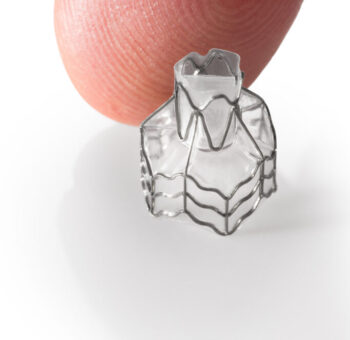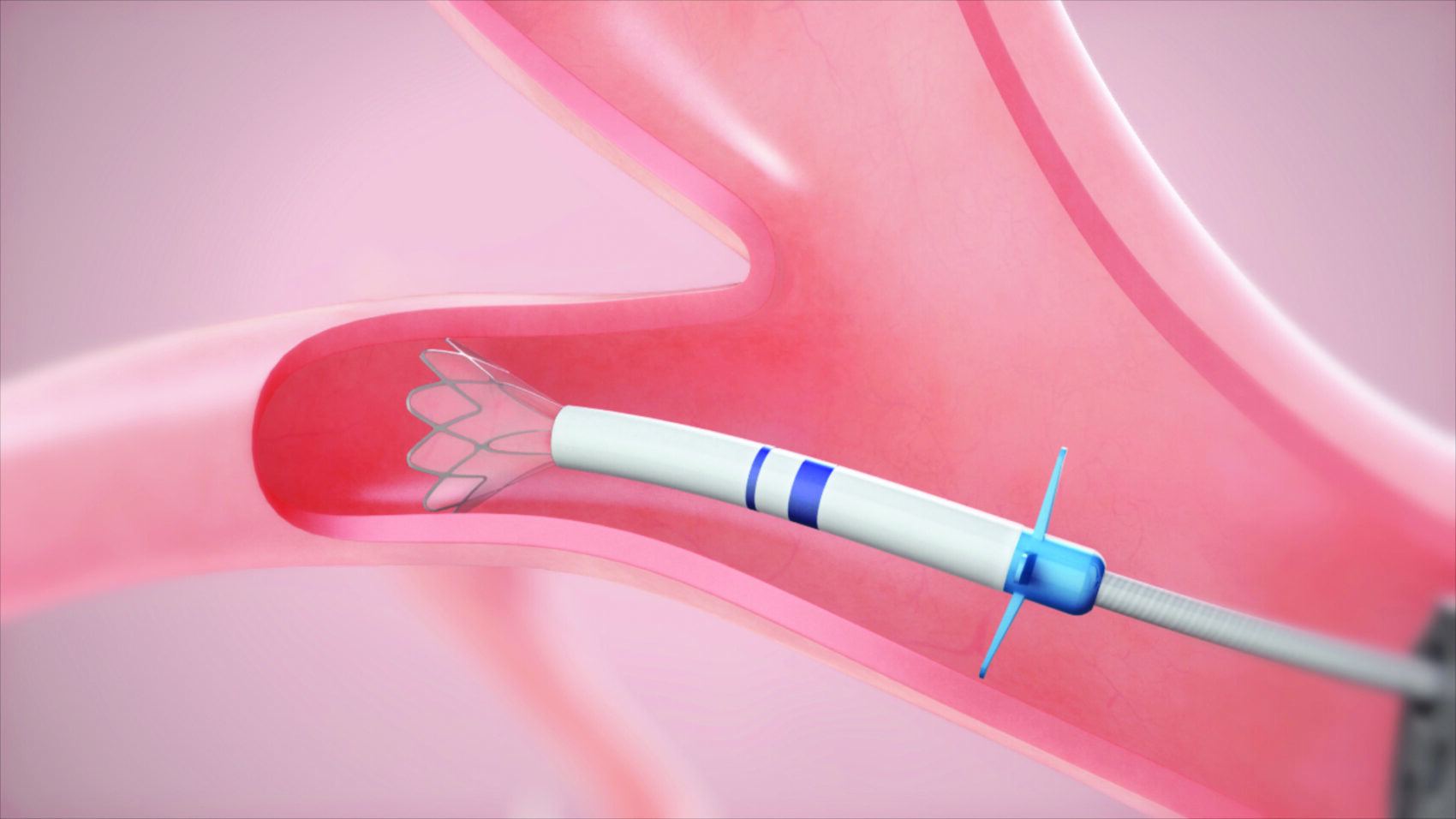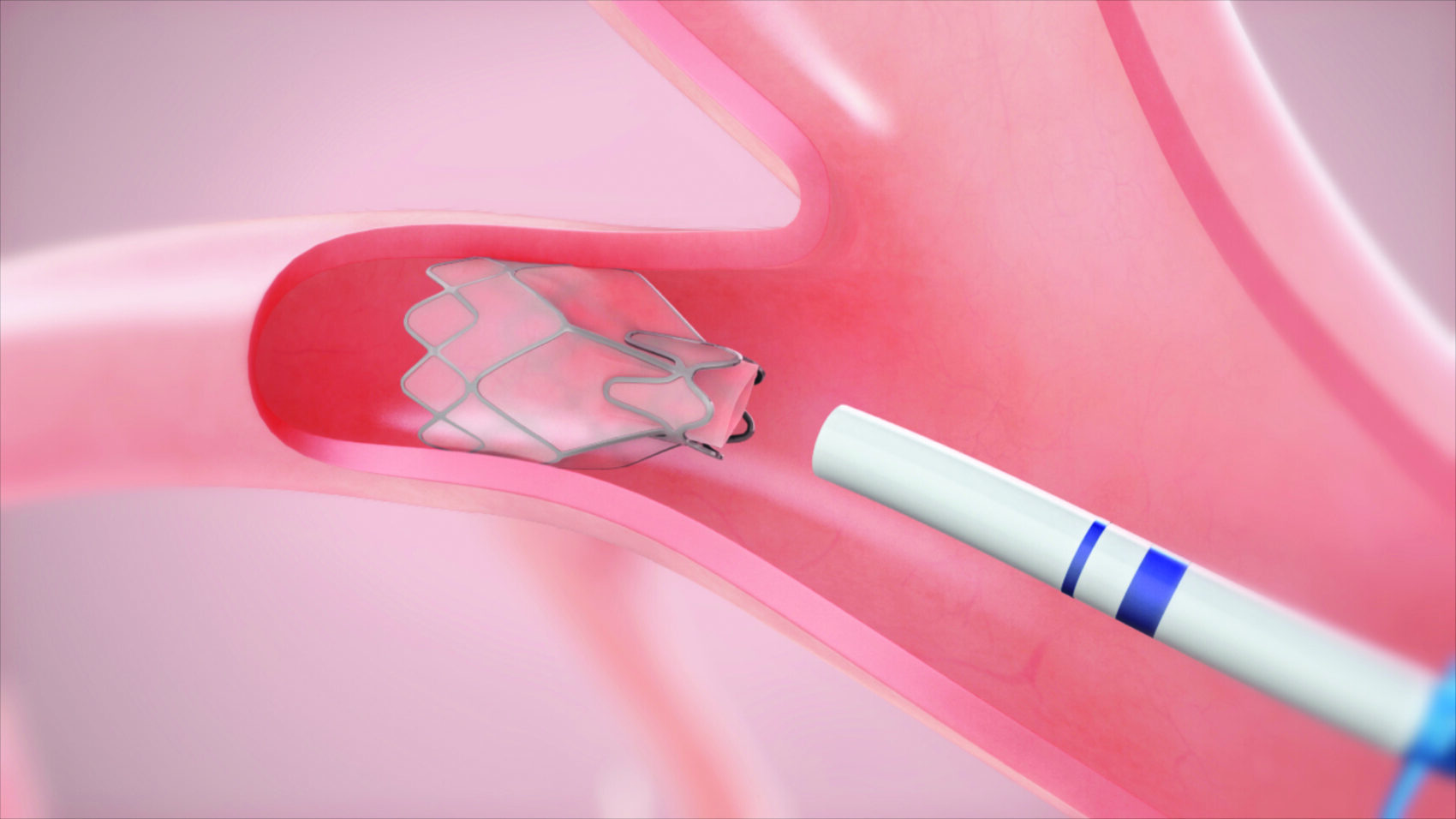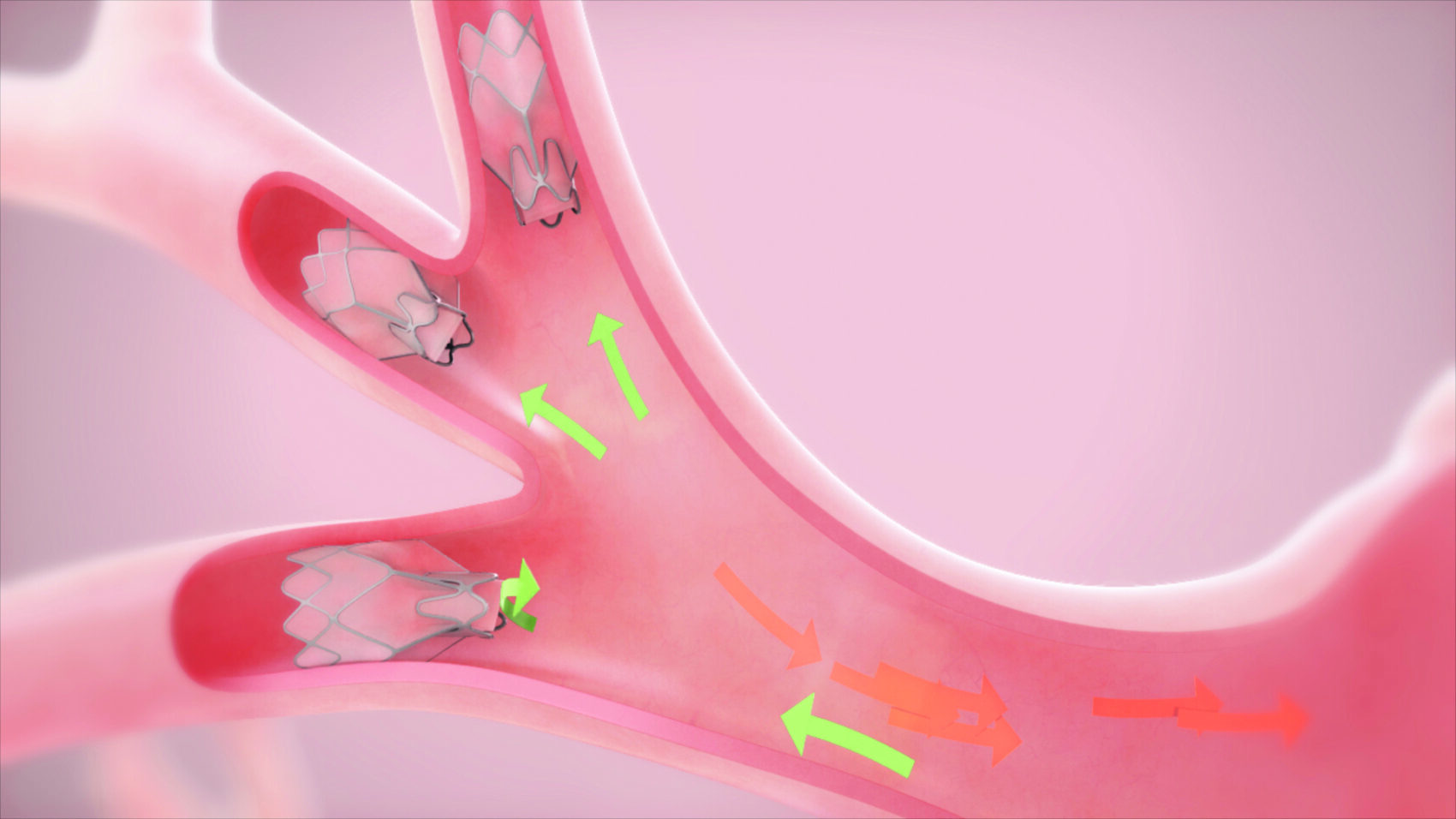
The majority of patients with advanced COPD/emphysema are treated with inhalers, medications and pulmonary rehabilitation. However, none of these treatments address the root cause of dyspnea – hyperinflation of the lungs. Thus, many patients – even stable patients – still experience significant breathlessness. And this, in turn, can result in the downward cycle of less activity, compromised quality of life, and increased dyspnea.
Zephyr Endobronchial Valves have the potential to stop that downward cycle – and even reverse it in severe COPD/emphysema patients.1 A bronchoscopic procedure places the tiny, one-way valves in a lung lobe to deflate it. Hyperinflation is reduced, enabling the lung to function better. The procedure typically takes approximately one hour.
Complications of the Zephyr Endobronchial Valve treatment can include, but are not limited to, pneumothorax, worsening of COPD symptoms, hemoptysis, pneumonia, dyspnea and, in rare cases, death.
Pulmonologist Perspective: How Zephyr Valves Work
Physicians are paid consultants of Pulmonx Corporation.
Mechanism of Action
Zephyr Valves are placed into a diseased lobe of the lung via bronchoscopy. The valves allow trapped air to escape while preventing new air from entering. This mechanical solution alleviates shortness of breath by targeting the root cause – hyperinflation – and can provide a greater benefit than medications alone.1



Post-Procedure Management
After the procedure, the patient will stay at least 3 nights in the hospital under observation. This is important to monitor if the patient is experiencing any side effects post-procedure. The major significant side effect associated with the Zephyr Valve procedure in the short-term is pneumothorax.
Targeted lobar deflation can cause inflation of the ipsilateral lobe, which can result in a tear of the already compromised parenchymal tissue of the emphysematous ipsilateral lobe, resulting in a pneumothorax.
In the LIBERATE Clinical Study, subjects experiencing a pneumothorax attained the same level of benefit over the long-term as those without pneumothorax.1
Patients should also be monitored for pneumonia, COPD exacerbations, and respiratory failure, as these events have been observed in patients treated with Zephyr Valves.
US-EN-1834-v1

